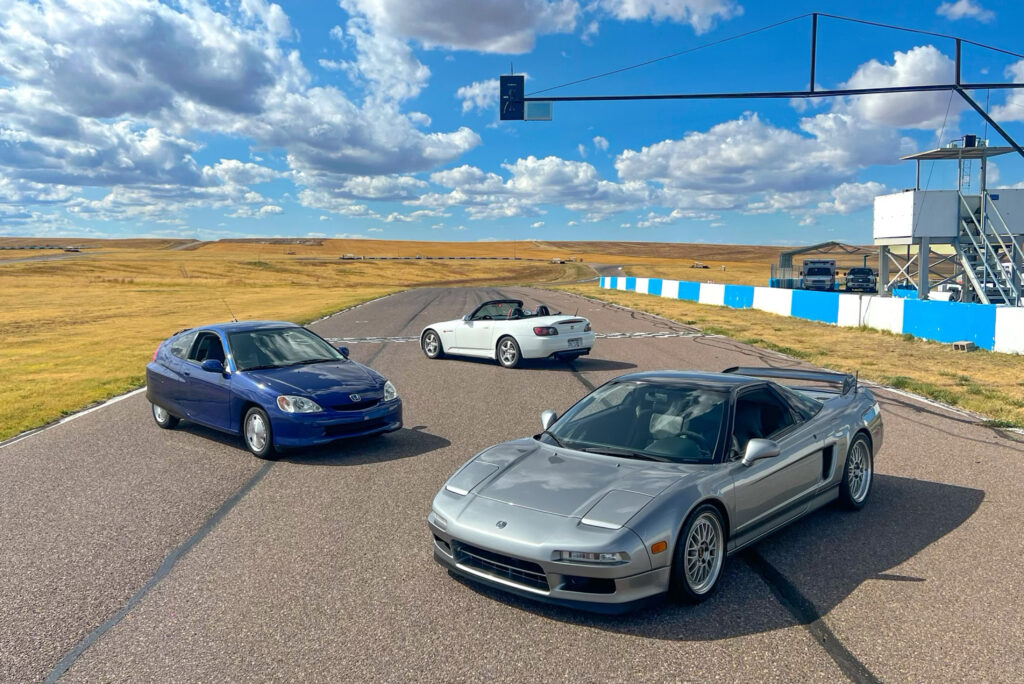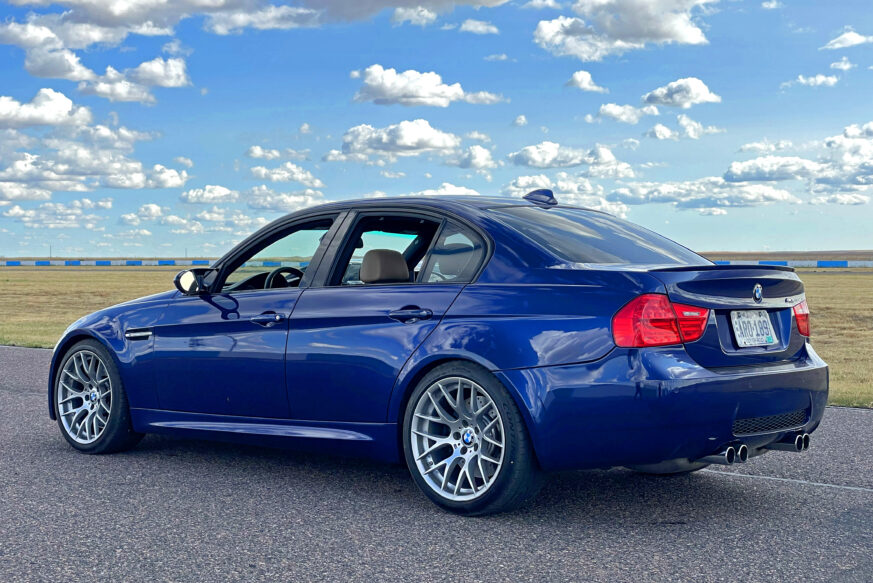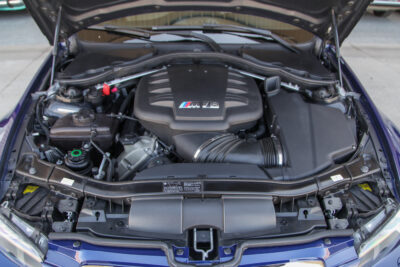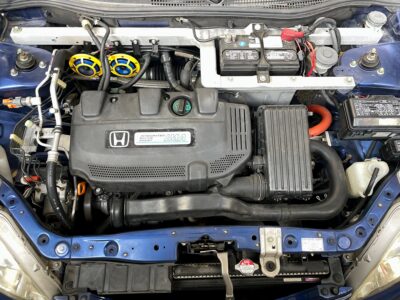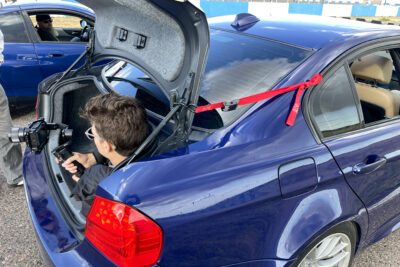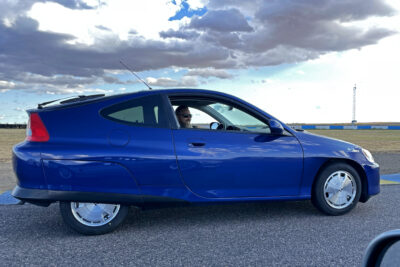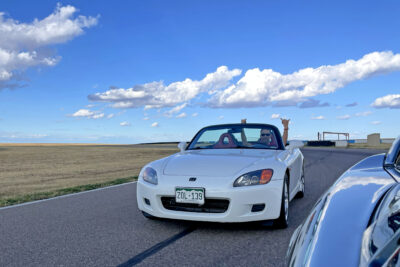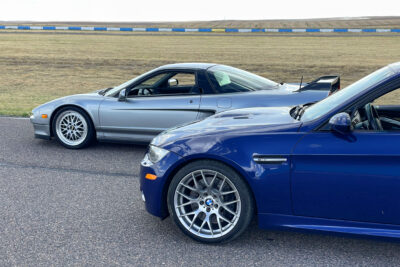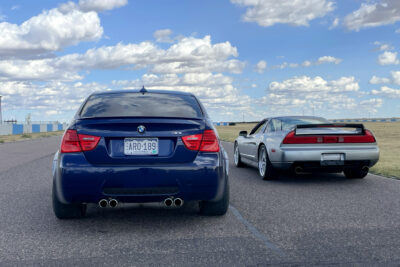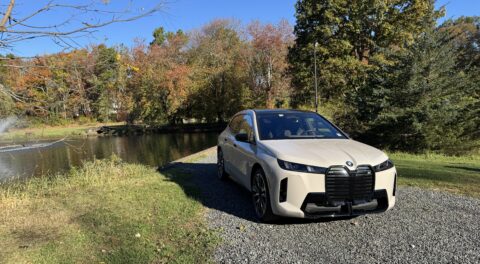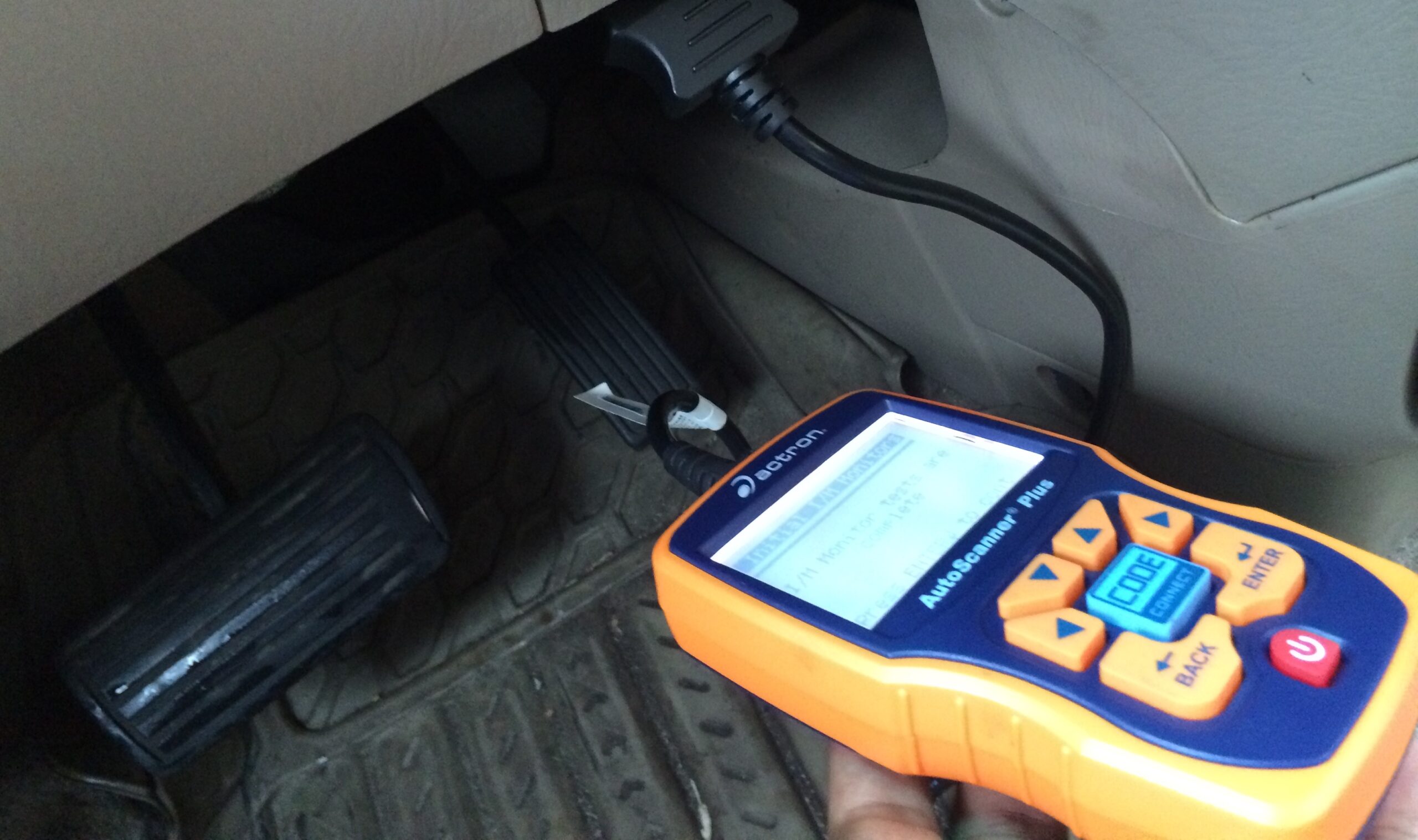One of the best damn BMWs you can buy for the money is an E90-generation M3 sedan—preferably a late-model with the Competition Package (ZCP). It’s hard to beat four doors and 400 horsepower in a car that’ll run a blistering lap time on Sunday and take the kids comfortably to school on Monday. I’ve waxed poetic about several E90 M3s I’ve had over the years, and I just got one of them back. It’s a 2011 Interlagos Blue over Bambo leather ZCP DCT sedan that is nice enough to be proud of, but imperfect enough to use and enjoy. I first owned it last year, eventually replacing it with my 335d because the latter was a better rush-hour commuter. But, now that the M3 is back, I had a special mission up my sleeve and it involved a very unlikely subject—a first-generation Honda Insight.
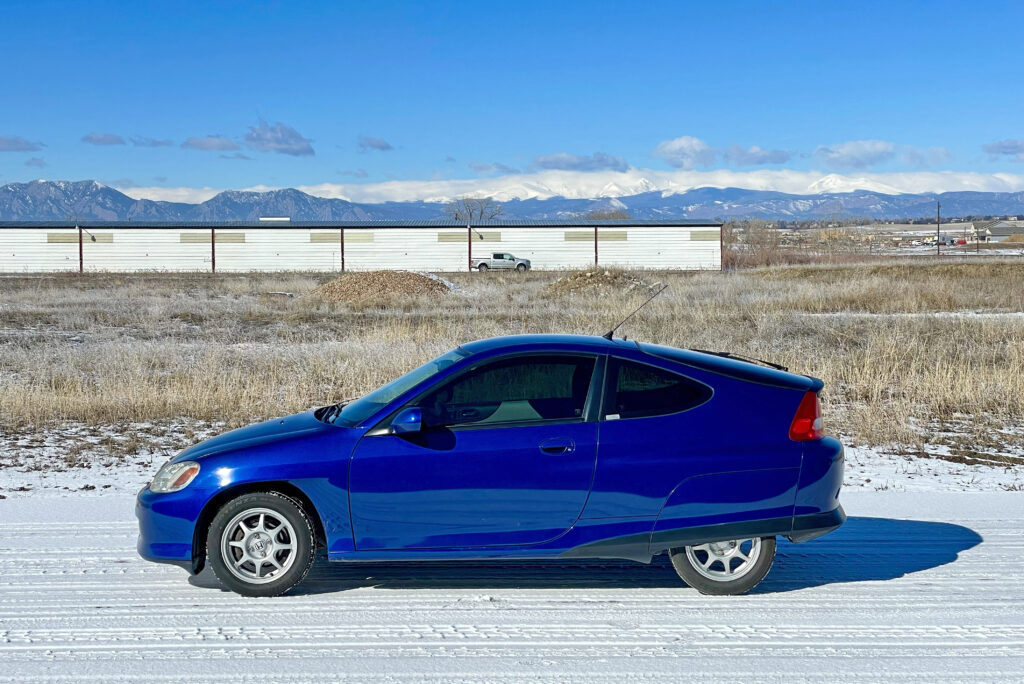
The first-generation Honda Insight.
At the heart of the M3 resides a 4.0-liter S65 V8 engine good for 414 horsepower. By my logic, that should have been more than enough to film a car powered by a 1.0-liter engine good for 67 horses—on a racetrack!
Why did I rent an entire circuit to film a 67-horsepower car?
Because I think that car is one of the most important and special cars ever made.
The first-generation Honda Insight is that funky little two-door Honda that you forgot about twenty years ago, the one with wheel pants that looks like a jelly bean. Okay, unless you live deep in the particular bastion of nerdism that I do, you likely don’t know or don’t care about the first-gen Honda Insight, but before you swipe left, lend me your ears (or eyes) for a second.
- The E90 M3’s S65 V8 engine is massive compared to the Insight’s 1.0-liter 3-cylinder block.
- One liter of fury.
The E9X M3 was a marvel of engineering, being the last of the fire-breathing naturally aspirated M cars, and the only V8-powered M3. It was purpose-built for power, handling, and composure—the greatest evolution of the old-school sports sedan. The first-generation Honda Insight was fanatically engineered for performance as well, but that performance was to be measured in efficiency. And when it came to efficiency, the Insight remained unrivaled until the advent of the modern electric car. Like the M3, the Insight’s 1.0-liter engine was constructed of aluminum, but it also added rare metals like magnesium to further reduce weight. It featured roller rocker arms and indexed spark plugs to optimize efficiency, along with lean-burning adjustable cam timing. Aluminum was prolific elsewhere as well, not only in a ridged monocoque body, but also in suspension components, brakes, and even the wheels. These summed for a paltry 1,878-pound empty weight.
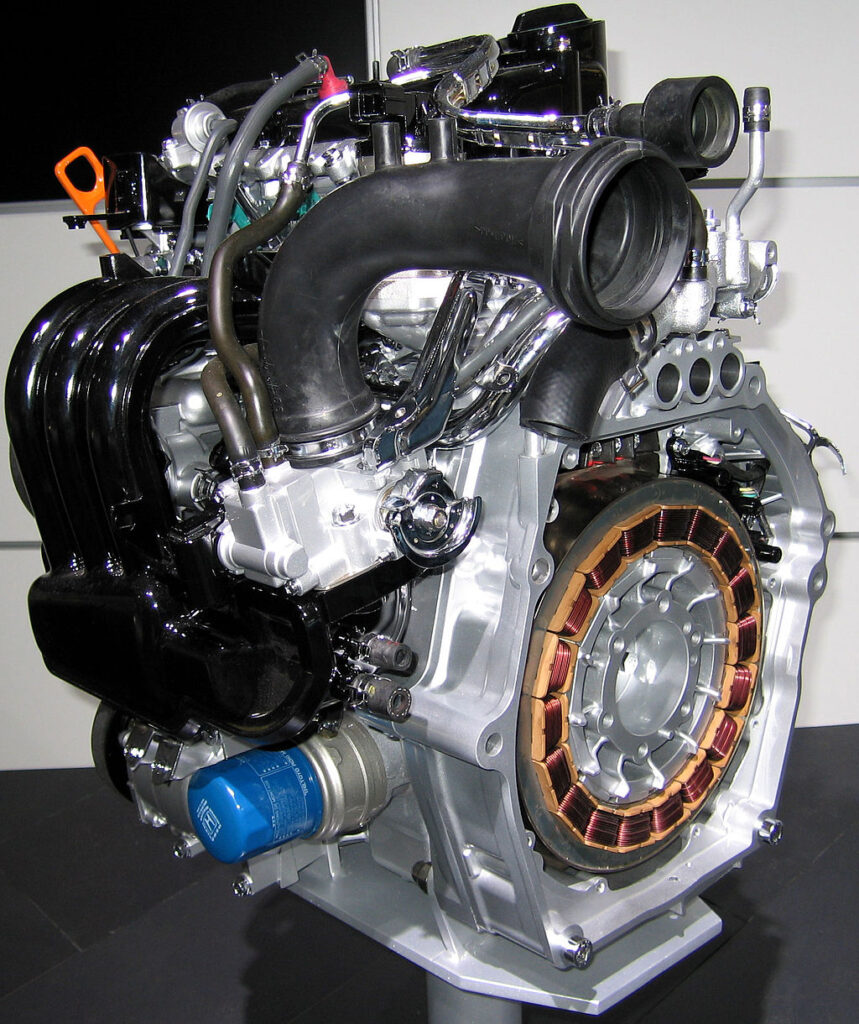
The Insight’s Integrated Motor Assist is an electric motor sandwiched inside the bell-housing.
The 1.0-liter petrol engine was aided by an electric motor sandwiched between the transmission, good for an additional 13 horsepower and 39 pound-feet of torque—the Insight was a hybrid. In fact, when it was released in 1999, it was the first mass-produced hybrid sold in the U.S. market, beating the Toyota Prius by a few months. But unlike every hybrid ever since, you could have this one with a proper five-speed manual gearbox. In it, Honda’s fanatical engineering set the record for the highest fuel economy of a mass-produced non-plug-in gasoline car, a record it held until 2016. It also had the lowest drag coefficient (.25) of any mass-produced car until the Tesla Model S in 2012. But, the best part about the Insight is that it is fun to drive, and it owes that to the older brother with whom it shares a remarkable commonality.
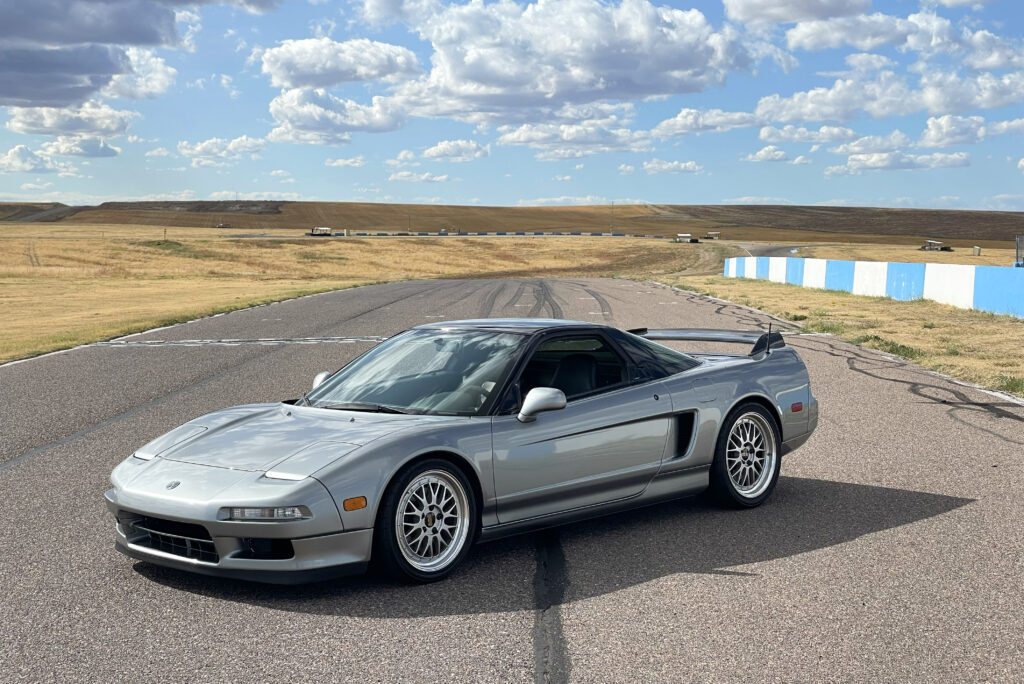
The Acura NSX!
You can’t tell the story of the Insight without telling the story of the NSX. Both cars book-end an era of unrivaled greatness within Honda. If the Insight is misunderstood for its fanatical approach to efficiency, the NSX is misunderstood for its prioritization of handling over raw power. Stand a few cars back from an NSX while sipping your cold brew at the local Cars and Coffee, and you’ll hear murmurs of “not enough power” or “those are slow.” Yet, in its development, the NSX was specifically tuned by Ayrton Senna himself, a man who was well-versed in the art of speed. Over three decades later, you can still channel your inner Senna behind the wheel of an NSX. It is a tool of precision, one that will reward talent, but one that will not hide your mistakes with power. If you ever have the opportunity to drive an NSX on a track, don’t turn it down.
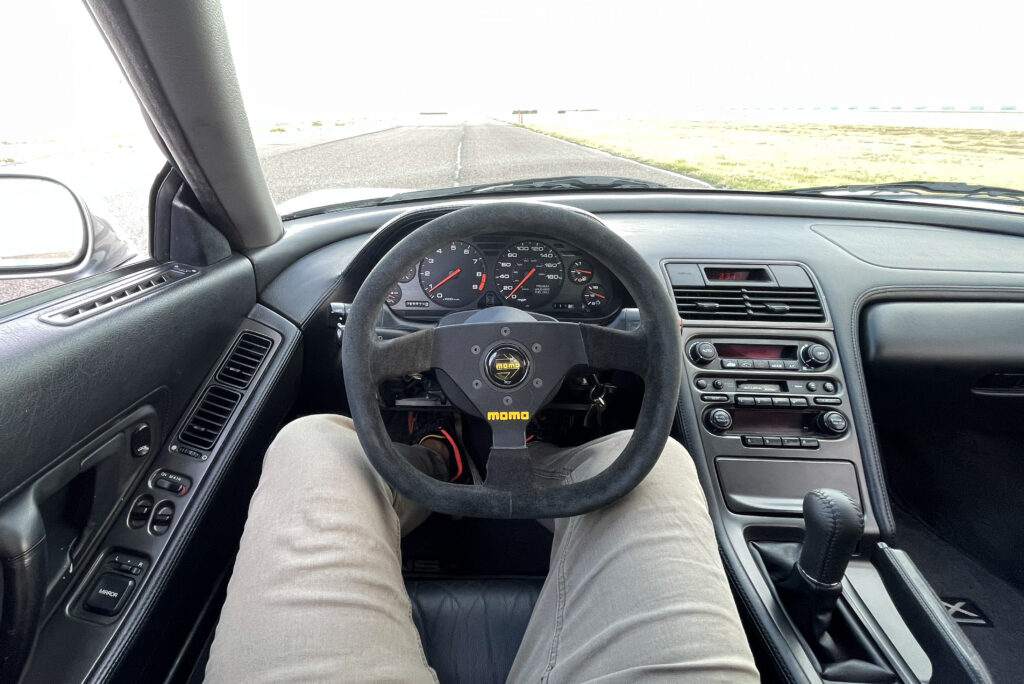
The NSX was inspired by the F-16, and you can see it in the cockpit.
And that is why we needed an E90 M3.

The M3 giving chase too the NSX.
I’m telling these stories for my YouTube series, Life’s Too Short for Boring Cars, and there was no better tool than the E90 M3 to tell it. To drive it, I commandeered Rocky Mountain BMW CCA Co-Chief Instructor Andrew Colfelt to haul around filmmaker Jeremy Heslup of Valkyr films. I also deployed Honda expert Keith Pizio to drive the Insight, and my brother Andrew McCulloch in an S2000 to cover all of the Hondas produced at the Suzuka plant. Heslup shot out of the front seat, rear seats, and even the trunk of the M3 to get the angles we needed (making a Honda Insight look fast can be a challenge). The M3 did what M3s do, precisely what Colfelt asked of it, which was important because the NSX was one of only twenty late-model coupes (starting in 1995 they were almost all Targas, sans the Zinardi editions). Colfelt and I would have to hold very close proximity while adding drama and pitching the NSX in a way one would never do in the heat of achieving a fast lap time. A high degree of precision was necessary, which Colfelt executed with a high degree of professionalism.
- Rocky Mountain BMW CCA Co-Chief Driving Instructor Andrew Colfelt and Valkyr filmmaker Jeremy Heslup in the M3.
- Safety third!
- Keith Pizio driving the Insight.
- Andrew McCulloch driving the S2000.
- The M3 was massive compared to the NSX.
In the end, the whole point of this was to tell the story of a car that, outside a group of loyal and spirited enthusiasts, has largely been forgotten. Ultimately, the Insight wasn’t as successful as it should have been because we weren’t ready for it. Yet, twenty years after its release, the world has followed suit. Our shoot with the M3 was just the beginning of my story, but one that I couldn’t have told without it. I was glad to have it back for a bit and happy to enjoy sharing the track with it.—Alex McCulloch
